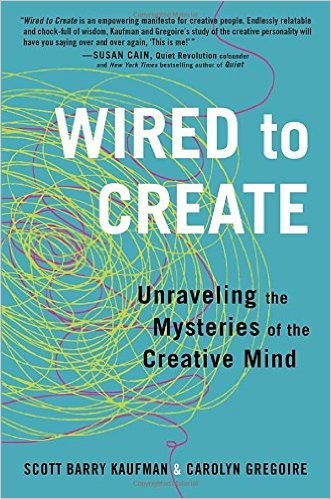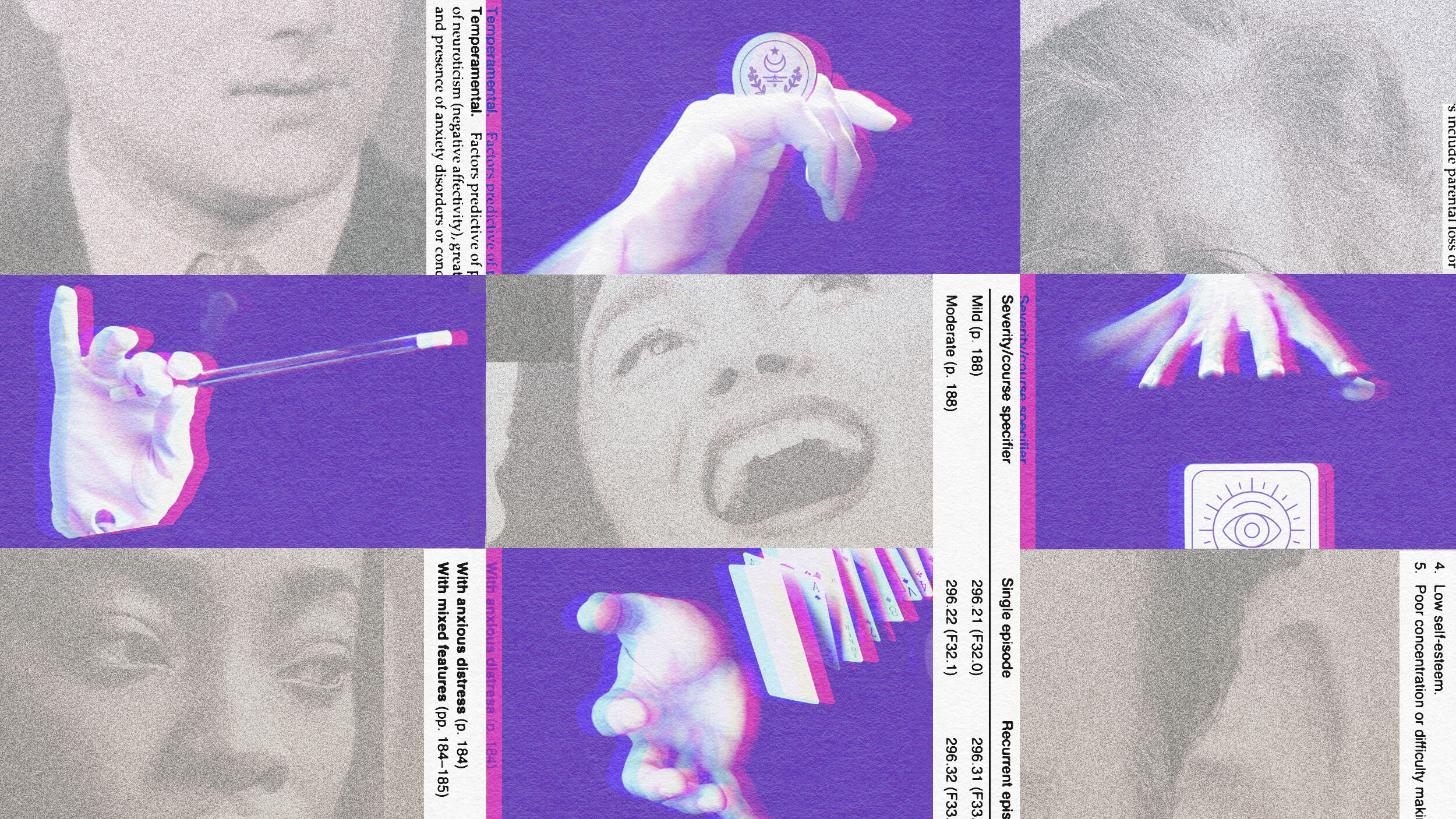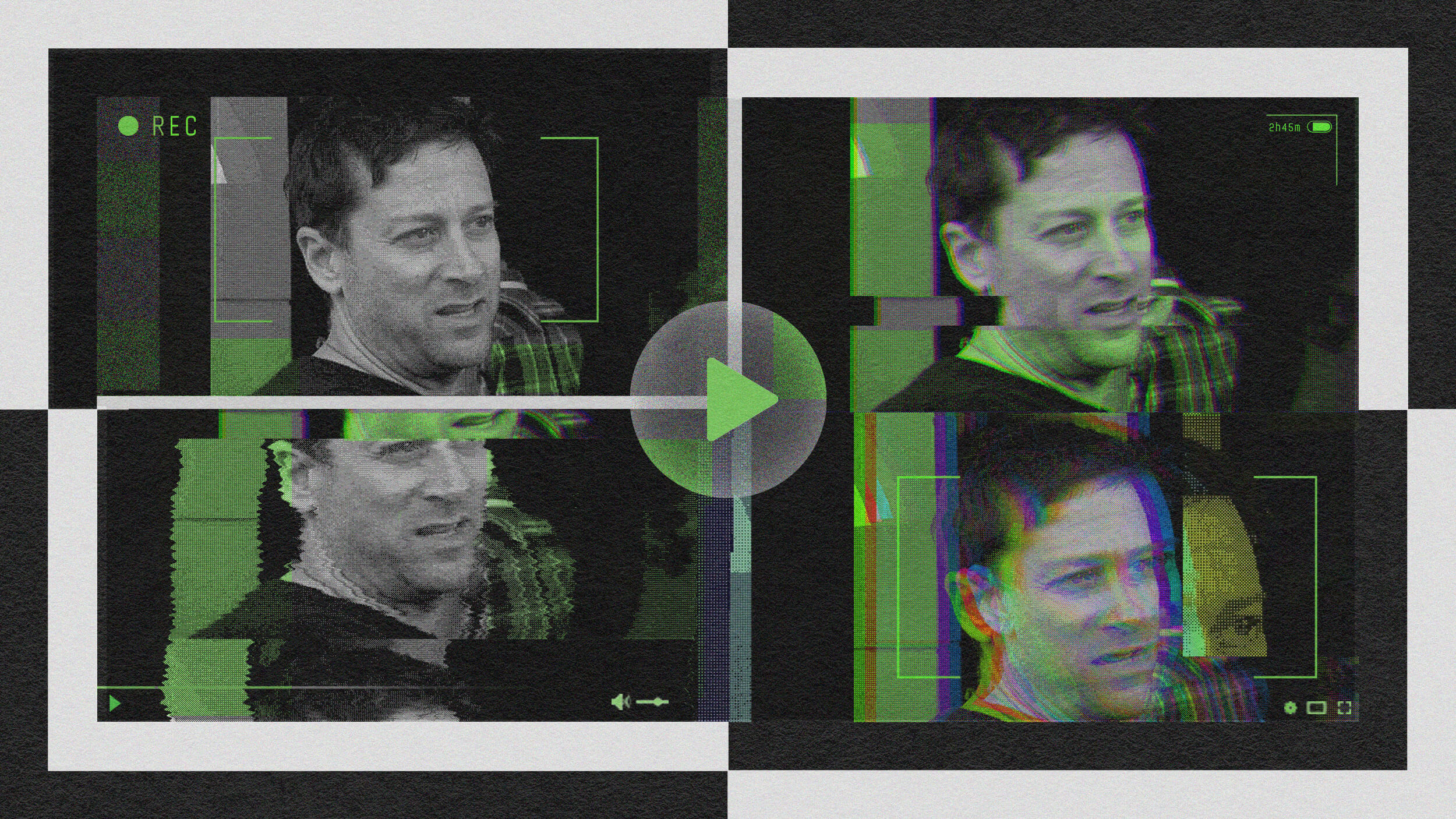Most of us know about the IQ test, whether you’ve taken one, read about it, or seen that episode of Seinfeld, it’s part of the lexicon when we talk about intelligence.
Conversely, here’s a less common term: ‘twice exceptional’, which is often abbreviated to 2e. This refers to those who have some form of disability but are also intellectually gifted (contrary to quick-fire biases, the two aren’t mutually exclusive). It’s this group – and people all across the intelligence and creativity spectrum – that misses out when aptitude is measured by what experts like Scott Barry Kaufman consider to be a fairly narrow test.
The IQ test was developed in the early 20th century, spring-boarding off the work of French psychologist Alfred Binet. It involves a series of standardized tests that measure a person’s mental age score, which is divided by their chronological age, and that fraction is then multiplied by 100 to obtain the IQ score. But the test has evolved over the 100 years since its inception, and even Binet’s work, which is often thought of as seminal, points to methods that he borrowed from other scholars. This mish-mash of tests has fluctuated over the years to reflect the values of the era, dropping tests that are seen as bad and retaining the ones that are considered good measures of intelligence.
But it has plenty of shapeshifting still to do, according to Kaufman. Intelligence takes many forms, and the IQ test doesn’t capture the full complexity of the human mind. Billionaire business magnate Richard Branson is an excellent example: “I was dyslexic, I had no understanding of schoolwork whatsoever. I certainly would have failed IQ tests. And it was one of the reasons I left school when I was 15 years old.”
The IQ test doesn’t measure for factors like creativity, emotional sensitivity, real-world rationality, social intelligence and skills-based acumen. There are many ways to be gifted, and those who are twice exceptional or intellectually advanced outside of the normal parameters, can miss out on the developmental attention needed to cultivate their intellect to its full potential. Kaufman suggests retaining components of the IQ test to identify where people do well and spot intelligence patterns, but to also utilize new methodologies, and solicit parent and teacher readings as they are in a position to observe intelligence indicators day by day, such as deep sensitivity, questioning assumptions, or signs that a child is bored with their work. The more you can triangulate information from different sources, the better the measure of true intelligence will be.
If you’re now itching to know how you would perform on an IQ test, you can take one here, but don’t be too buoyed or disheartened by the results – intelligence is a sprawling entity that scientists are still mapping, and the IQ test is a well-worn but ultimately narrow path to tread.
Scott Barry Kaufman’s book is Wired to Create: Unraveling the Mysteries of the Creative Mind.
Scott Barry Kaufman: So not a lot of people are probably familiar with the phrase twice exceptional and in the school system it’s a diagnosis to describe kids who simultaneously have a specific learning disability whether it’s a reading difficulty, dyslexia, ADHD, any one of the learning disabilities you could be diagnosed for. So you simultaneous have a specific learning disability and you’re intellectually gifted, intellectually or creatively gifted. We have this false dichotomy that we’ve set up in the school system between learning disabled and gifted that if you’re in special education for instance that it’s kind of hard for us to see how you could also be gifted, right. You could also be extraordinarily intelligent, extraordinarily creative. And this label of twice exceptional was created to recognize that there are so many people who have been diagnosed with a learning disability but that is not the totality of who they are. That does not define all who they are both their strength – all of us have strengths and weaknesses and a lot of people who have learning disabilities it can mask their strengths. But their strengths are still there.
And we could still get at it in other ways through projects, through just recognizing that they are not defined by their learning disability. And there’s a lot of researches, psychologists and clinicians that are starting to figure out new ways of finding the intelligence in people that tend to fall by the wayside. And there’s new methodologies and new techniques that we’re using to discover the giftedness that lies in lots of students.
There’s been an over reliance on looking at the global IQ score to assess someone’s intelligence. So like someone will take an IQ test and you average together their performance on the entire test. Well it shows that students who are twice exceptional or students who have learning disabilities that’s not the good reflection of their true intelligence just averaging together their performance in a testing session. Because their learning disability can mask and pull down certain areas but they can still show extraordinarily high areas in other ways that gets lost when you average it all together. So there are new methodologies that we’re using to not just measure someone’s intelligence or creativity just through a testing session. First of all we’re using IQ tests to look at specific abilities and patterns of strengths and weaknesses. So not looking at that global or total IQ score.
But we’re also going beyond the IQ test and we’re getting teacher ratings. You know the more you can triangulate lots of different information from lots of different sources you get a much better reflection of someone’s intelligence and creativity. Parent ratings – ask parents what’s a child like at home, you know? Is the child really curious? Is the child constantly asking questions? Ask teachers. Does the child seen like they’re bored with the material that you’re teaching? Are they ready for more intellectual challenges? Do they seem to question assumptions a lot? A lot of the indicators of creativity there’s lots of other characteristics we can be on the lookout for intellectual and creative giftedness that go beyond IQ type competencies. Things like deep sensitivity, a deep caring about the world and about the suffering of others. It doesn’t even have to just be in the academic domain. And I think we just need to keep our eyes open to as many potential indicators of intelligence and creativity that is all around us and so we can really make sure that we limit the amount of students that fall between the cracks.






